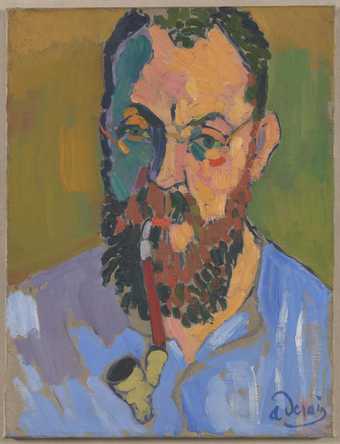In the summer of 1943 when Allied armies invaded France, Matisse found himself in a war zone, desperately ill, unable to stand, too weak to flee, with German troops billeted in his basement and British shells landing in the garden.  His response was to pick up a pair of scissors and cut an image out of paper.  It was the first of a tidal flood that invaded his walls in wave after wave of  fruit and foliage, birds, fish, shells, seaweed, acrobats, dancers and swimmers.  This is installation art  – so interactive, fluid and responsive that Picasso was shocked by its modernity.  Most other contemporaries thought Matisse had lost his mind. He himself said his work would speak to the future.
The cutouts of Matisse’s last decade blaze with colour, light and energy. В He was bedridden when he made them, often battling to survive, always in pain, at times threatened by blindness. В His assistants felt he was running a race with death. Hilary Spurling, whose biography of Matisse won the Whitbread (Costa) Book of the Year award, relives the artist’s last race with death. В

